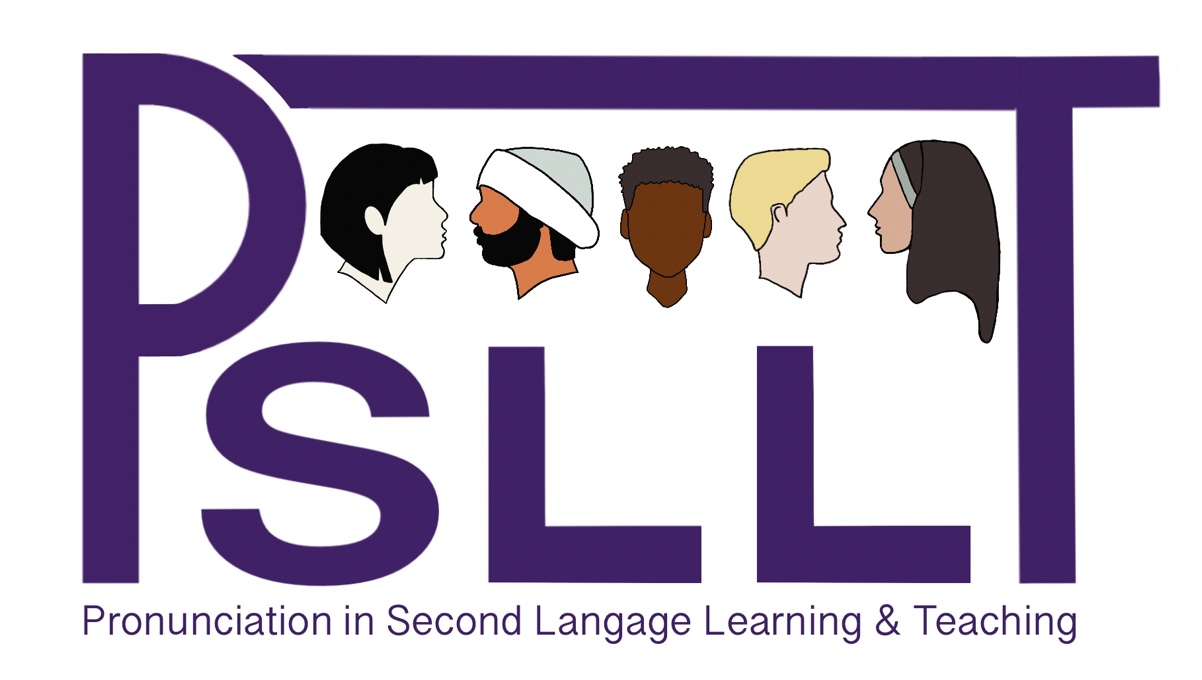Principles for Second Dialect Consonant Acquisition
Abstract
Research indicates that Australian Indigenous children rapidly fall behind their peers in literacy development (Thomson, De Bortoli, & Underwood, 2017) and this trend may relate to their oral language development (Williams & Masterson, 2010). Oral language skills, including phonemic awareness, have a direct impact on children’s literacy development (Storch & Whitehurst, 2002). To explore this further, a study was conducted to develop guiding principles (GP) for future phonological programs. The perspectives of practitioners, university academics and Aboriginal community members were explored through semi-structured interviews in order to establish the most effective and culturally appropriate pedagogy to teach Standard Australian English (SAE) consonants to young Aboriginal children. The interviews were coded to identify common themes and substantiated through an analysis of previous research. Results indicated that a solid relationship exists between consonant articulation and literacy. For effective learning, children needed an awareness of both the articulators and the manner of articulation through sensory activities. The GPs developed in this research have the potential to be adapted to a variety of contexts and thereby support teachers and students in a variety of learning contexts.
How to Cite: Pogson, C. (2022). Principles for second dialect consonant acquisition. In J. Levis & A. Guskaroska (eds.), Proceedings of the 12th Pronunciation in Second Language Learning and Teaching Conference, held June 2021 virtually at Brock University, St. Catharines, ON. https://doi.org/10.31274/psllt.13356
Downloads:
Download PDF
View PDF
